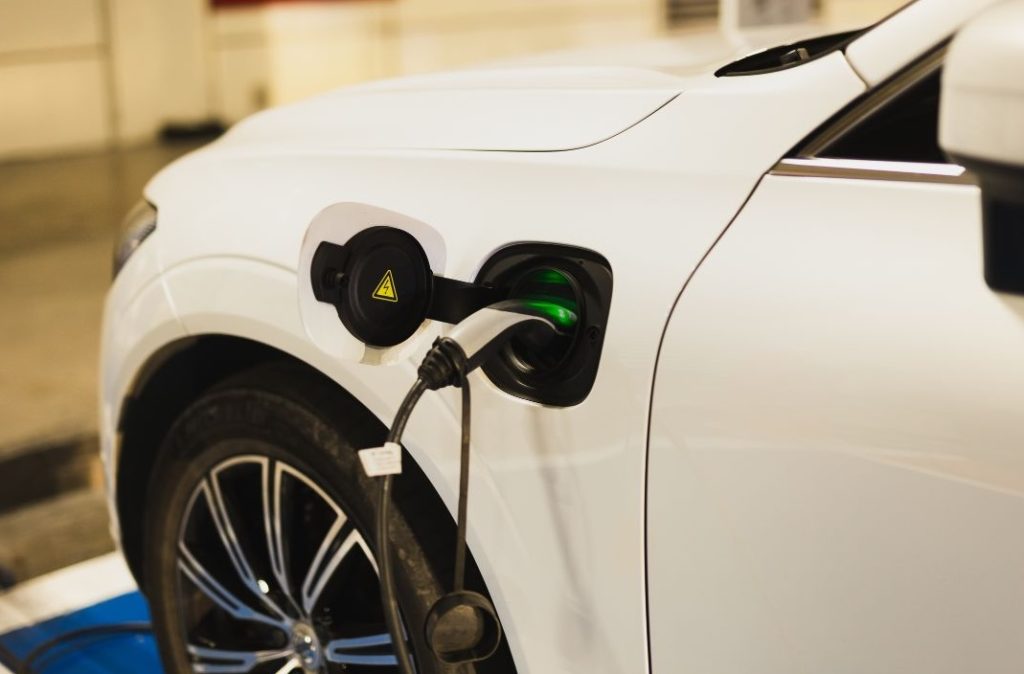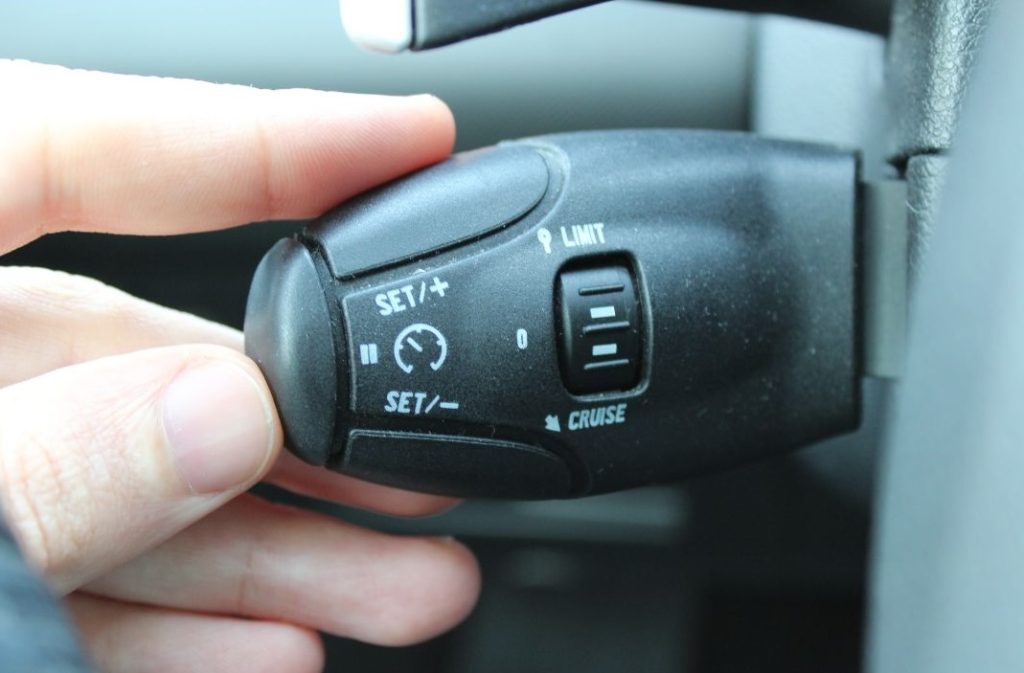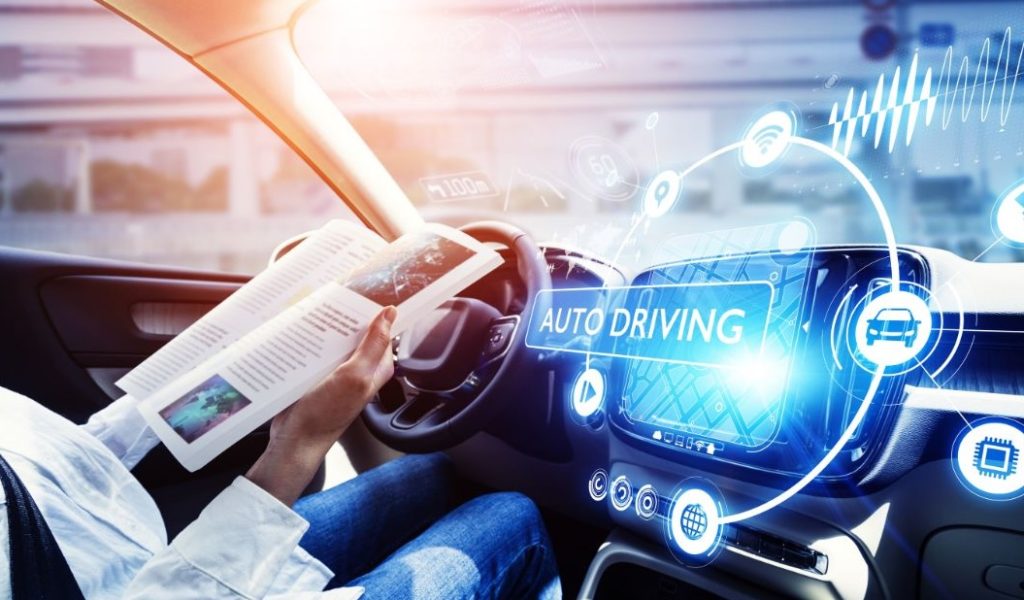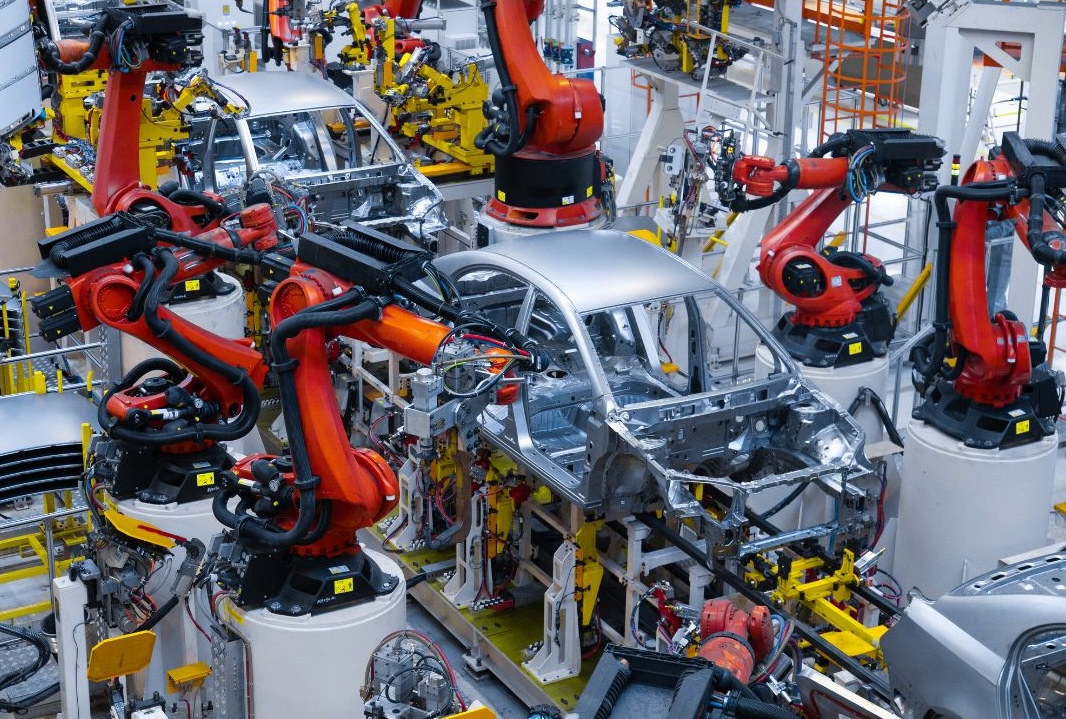In the rapidly evolving automotive industry, the increasing reliance on fibre optic cables is becoming a cornerstone for innovation and efficiency.
As vehicles become more integrated with advanced technologies, the use of car fibre optic cables is pivotal in meeting the heightened demand for faster data transmission and enhanced performance.
Particularly in automotive applications, selecting the right fibre cables in any automotive activity is instrumental in elevating vehicle specifications and supporting the complex infrastructure required for modern transportation solutions.
This surge in adoption underscores the critical role that fibre optics play in the development of next-generation vehicles, offering mechanics and car engineers a glimpse into the future of automotive design and functionality.
Info Entertainment System

In the world of automotive innovation, fibre optic cables are revolutionising data transfer speeds, especially for multimedia content, by facilitating seamless delivery of high-definition audio and video experiences.
This technology enhances in-car entertainment and information systems, offering passengers and drivers an unmatched audio-visual experience that significantly improves user satisfaction and the overall driving experience.
Beyond entertainment, fibre optics are essential for real-time vehicle diagnostics, advanced driver assistance systems, and enabling autonomous driving capabilities, by allowing for rapid data transfer crucial for split-second decision-making.
Additionally, their use in automotive design reduces vehicle weight, contributing to more fuel-efficient and environmentally friendly vehicles.
As the industry evolves towards more connected and autonomous vehicles, fibre optics’ role in handling increasing data loads will be key, ensuring they remain central to the future of automotive technology, promising enhanced efficiency, safety, and user experience in transportation.
Electric Vehicle Charging

In the burgeoning field of electric vehicle (EV) technology, fibre optic cables emerge as a cornerstone in the development of efficient charging infrastructure.
These cables play a pivotal role in ensuring fast and reliable data transmission between charging stations and electric vehicles, a critical aspect for the seamless operation of EV charging networks.
The inherent benefits of fibre optics, including their capacity for high-speed data transmission and minimal signal degradation, are instrumental in supporting the rapid growth of electric vehicles.
By facilitating improved communication and operational efficiency, fibre optic cables are proving indispensable in the expansion and reliability of EV charging solutions, thereby accelerating the transition to sustainable transportation.
Vehicle Communication

This advanced technology is pivotal in enhancing vehicle safety features through real-time data exchange, enabling instantaneous responses and adjustments to driving conditions, thus significantly improving road safety.
Fibre optics play a crucial role in systems such as adaptive cruise control, collision avoidance, and lane departure warnings, where the need for rapid data transmission is paramount.
Their application ensures that safety measures are not only more effective but also more reliable, providing drivers with an increased level of security.
Furthermore, the implementation of fibre optic cables in-vehicle communication systems facilitates a seamless and efficient flow of information, crucial for the operation of advanced safety features.
This real-time connectivity does not merely enhance vehicle performance; it also represents a substantial advancement in automotive safety innovation, paving the way for future developments in vehicle technology and driving the industry towards higher standards of passenger protection.
Low-Speed EMC – Tight Links

The significance of Electromagnetic Compatibility (EMC) in automotive applications cannot be overstated, as it ensures that vehicle electronics operate without interference from or to external sources of electromagnetic activity.
Fibre optic cables contribute significantly to achieving EMC-tight links, especially for low-speed data transmission, by providing a medium that is inherently immune to electromagnetic interference (EMI).
This characteristic is crucial in applications such as sensor data communication, vehicle-to-vehicle (V2V) communication, and systems that monitor and control powertrain and chassis functions.
These EMC-tight links are vital for maintaining the integrity and reliability of communications within the vehicle’s network, ensuring that safety and operational systems function flawlessly in electromagnetically complex environments.
Autonomous Driving Technology

Fibre optics play a pivotal role in addressing the complex data requirements of autonomous vehicles, facilitating real-time data transfer essential for navigation and decision-making processes.
These vehicles rely heavily on the rapid and reliable communication of vast amounts of data from sensors, cameras, and navigation systems to function safely and efficiently.
Fibre optic cables, with their capacity for high-speed data transmission and immunity to electromagnetic interference, are indispensable in this context.
They ensure communication between the vehicle’s components and external data sources is seamless, supporting the sophisticated algorithms that enable autonomous driving.
This reliability is critical in maintaining the safety and efficiency of autonomous vehicles, making fibre optics a key component in the future of automotive technology.
Whether your focus is on enhancing vehicle communication systems, improving safety features, or supporting the infrastructure for electric and autonomous vehicles, our team possesses the knowledge and resources to meet your needs. Let us assist you in selecting a fibre optic cable.
For all enquiries relating to fibre optic cables and how they can be effectively employed in your automotive applications, we encourage you to contact us here at Altimex.


